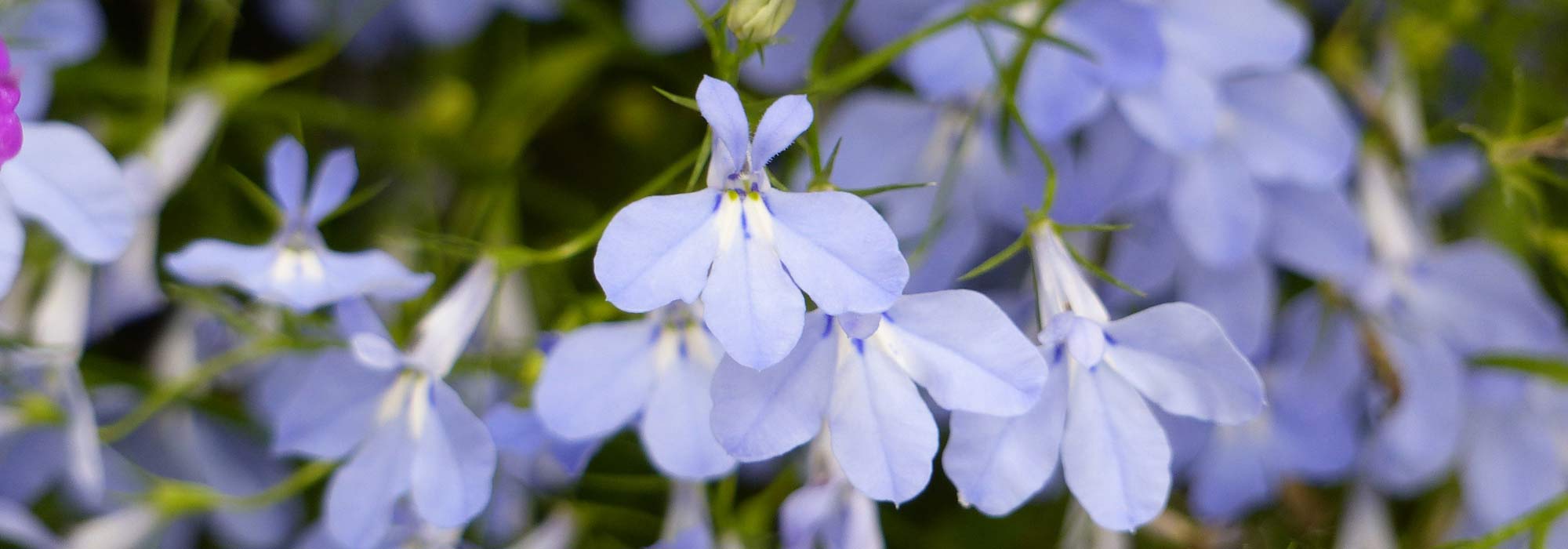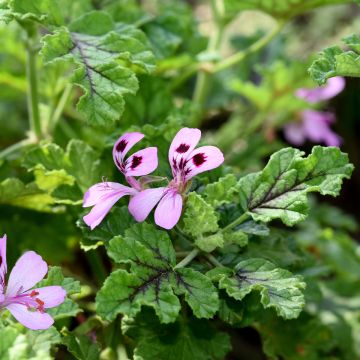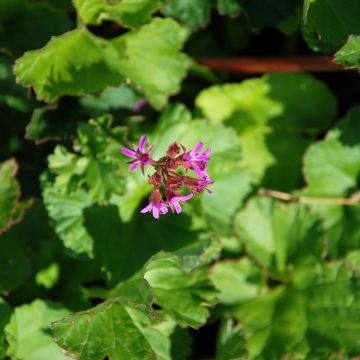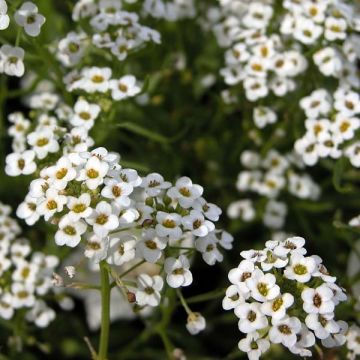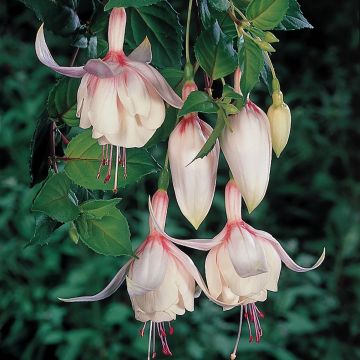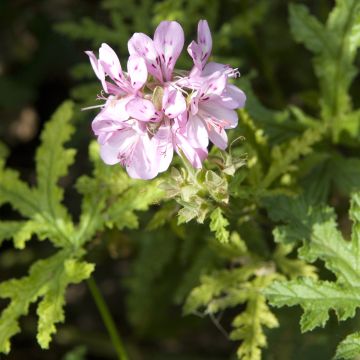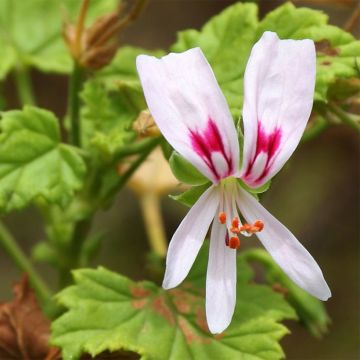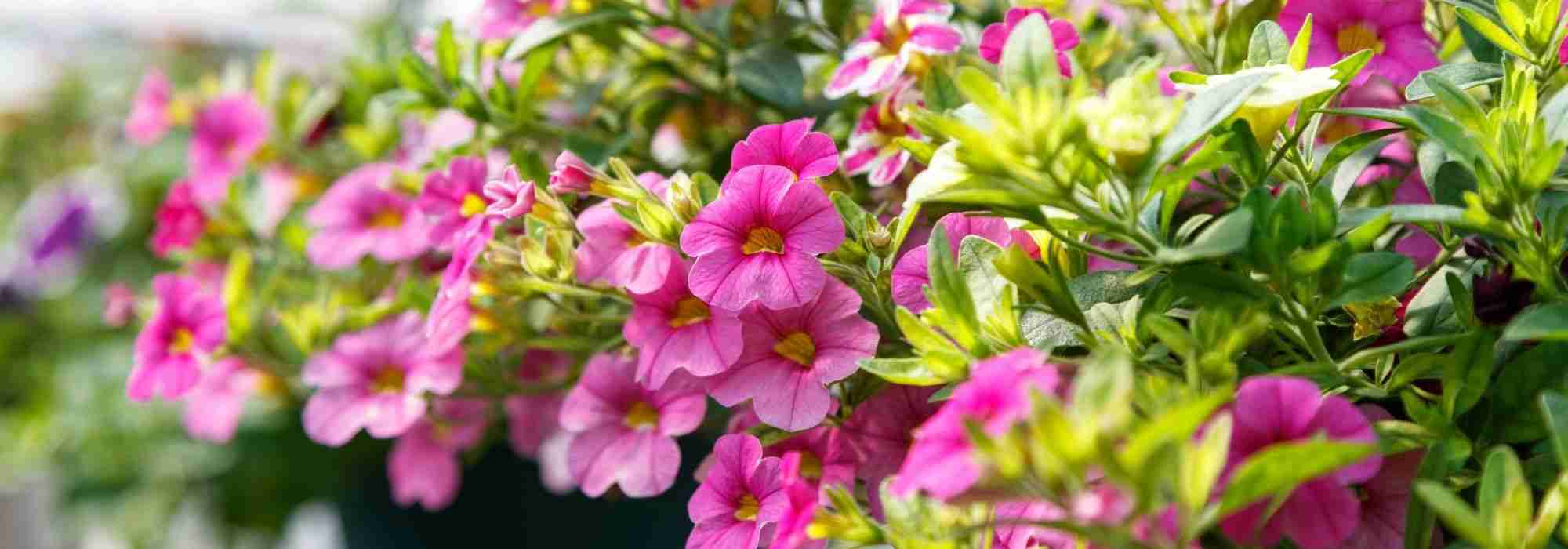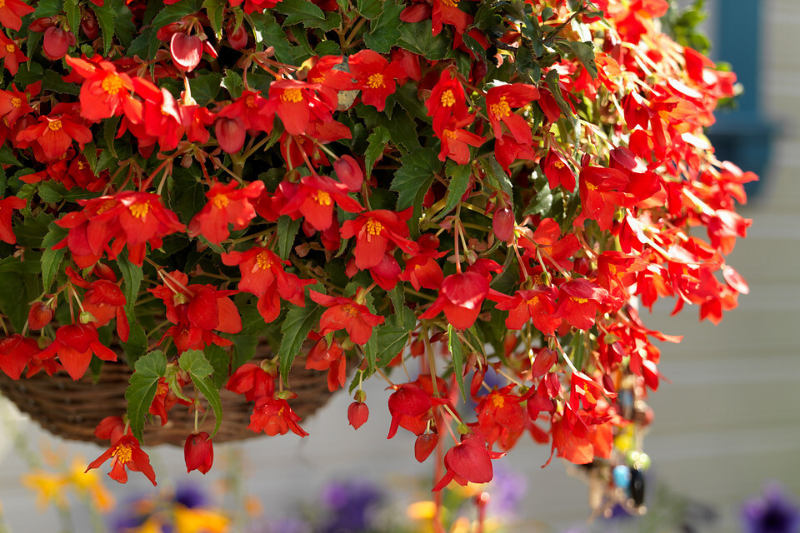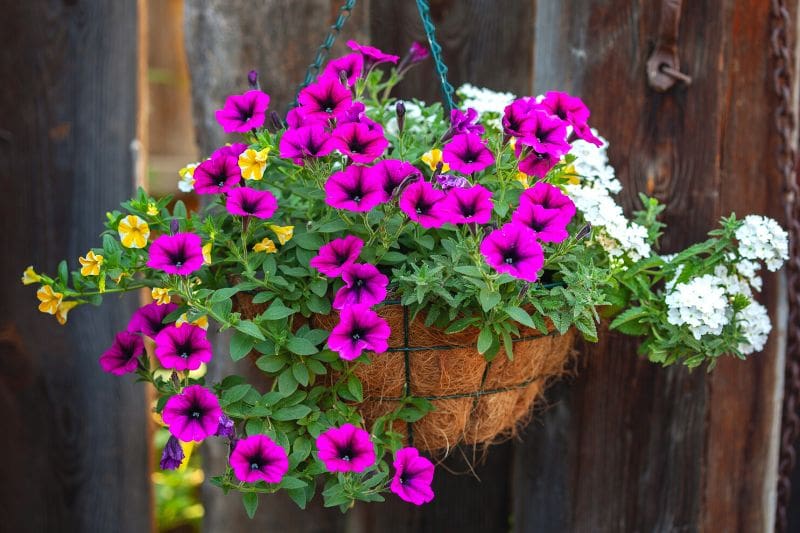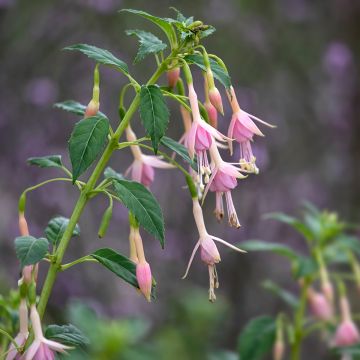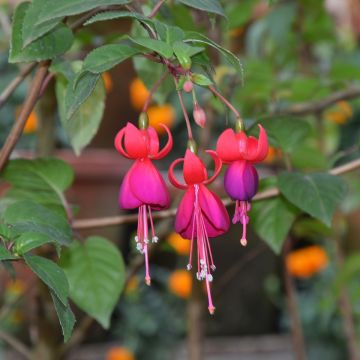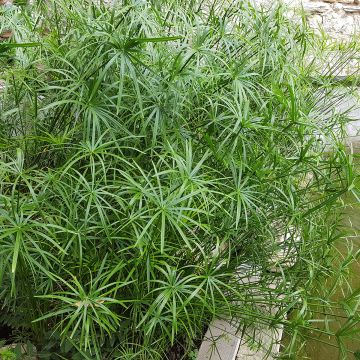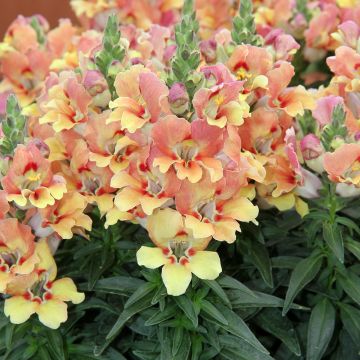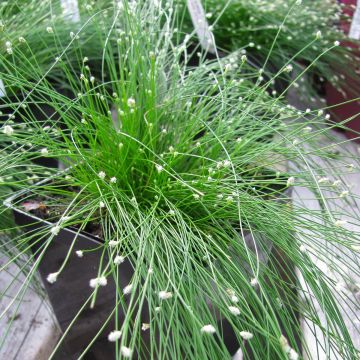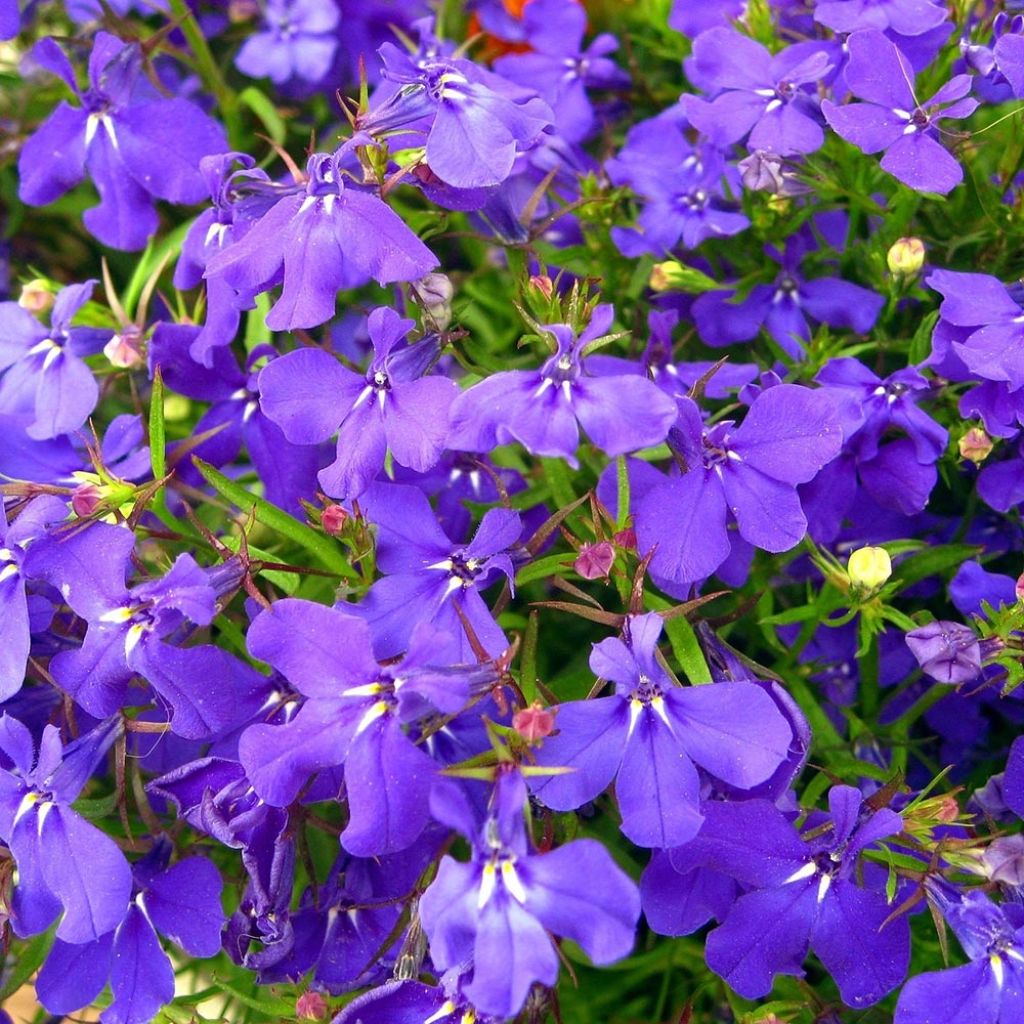

Lobelia erinus Crystal Palace
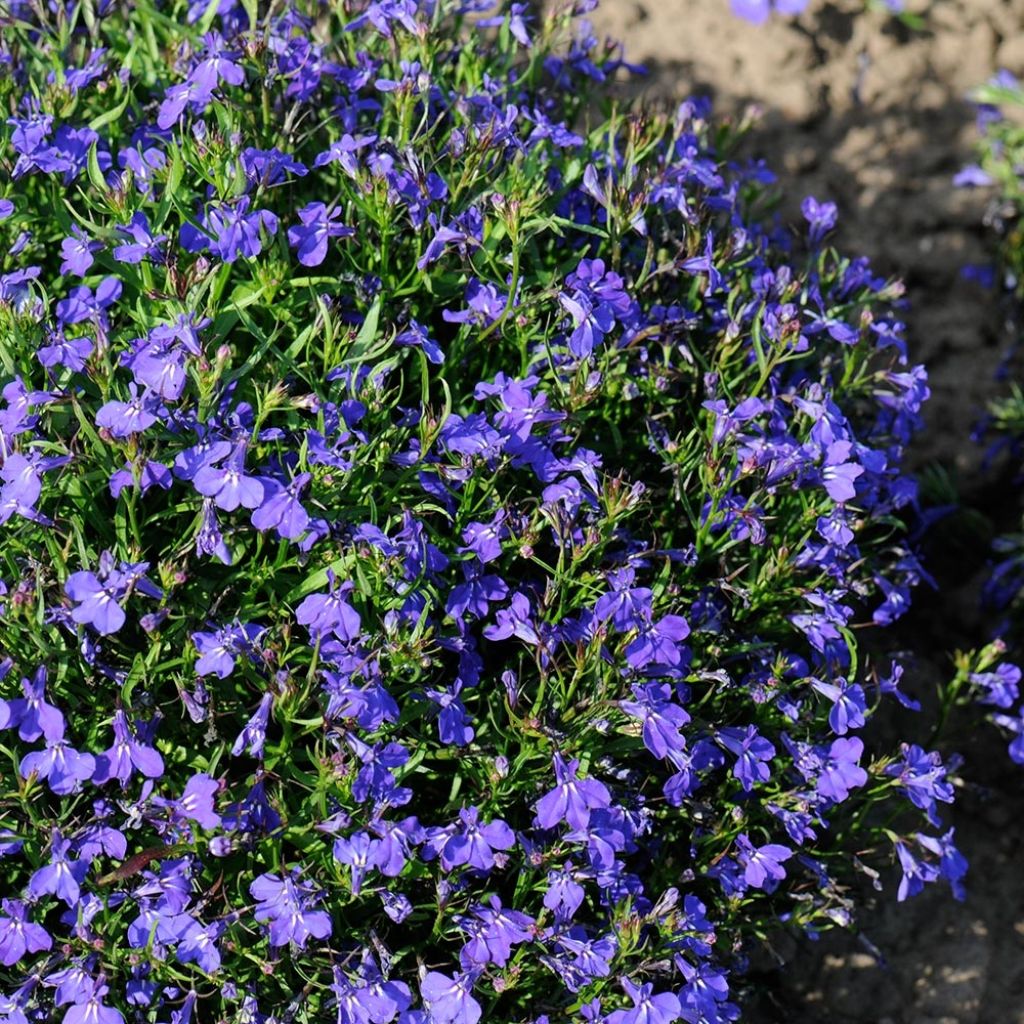

Lobelia erinus Crystal Palace


Lobelia erinus Crystal Palace
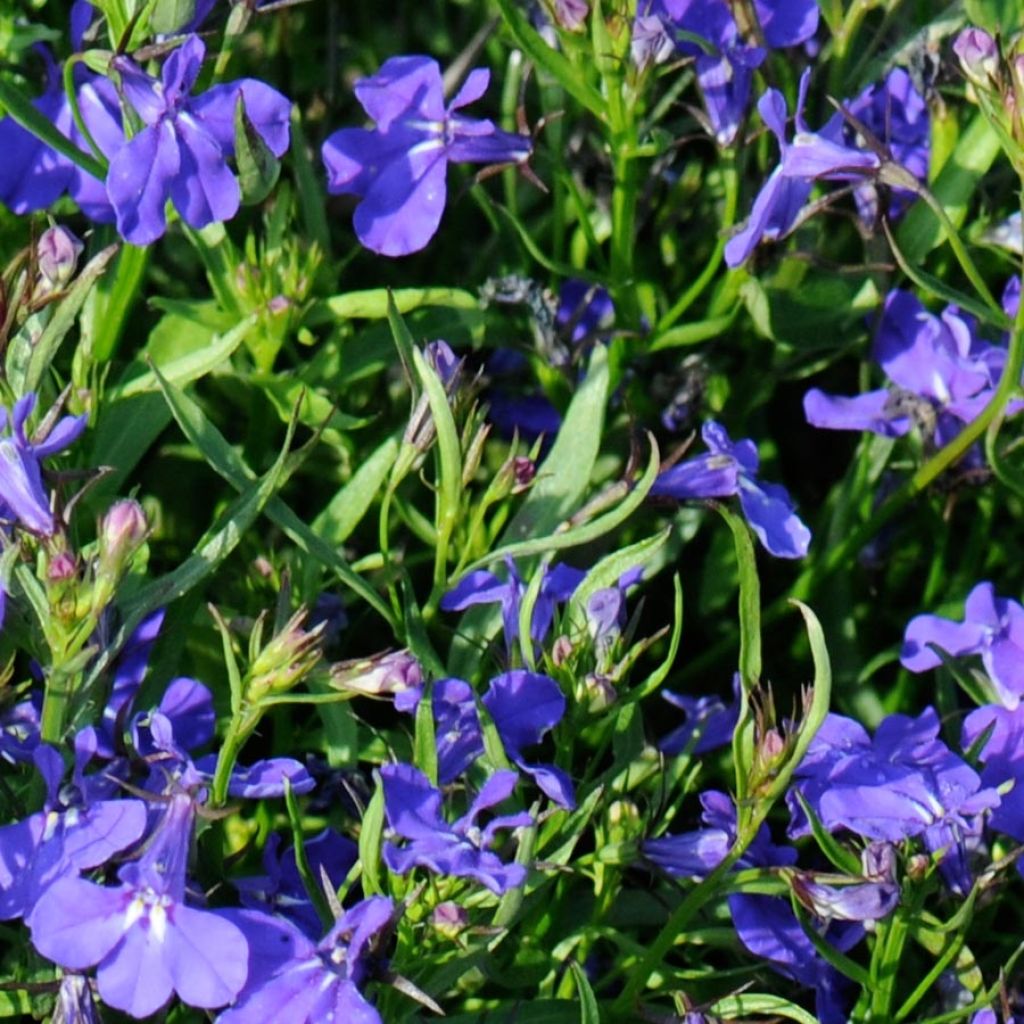

Lobelia erinus Crystal Palace
Lobelia erinus Crystal Palace
Lobelia x erinus Crystal Palace
Trailing Lobelia
I'm used to working with "jardin express" and never disappointed. The flowers are dead, dried up for 16 plants, that's a lot.
Hélène, 26/03/2024
Special offer!
Receive a €20 voucher for any order over €90 (excluding delivery costs, credit notes, and plastic-free options)!
1- Add your favorite plants to your cart.
2- Once you have reached €90, confirm your order (you can even choose the delivery date!).
3- As soon as your order is shipped, you will receive an email containing your voucher code, valid for 3 months (90 days).
Your voucher is unique and can only be used once, for any order with a minimum value of €20, excluding delivery costs.
Can be combined with other current offers, non-divisible and non-refundable.
Home or relay delivery (depending on size and destination)
Schedule delivery date,
and select date in basket
This plant carries a 6 months recovery warranty
More information
We guarantee the quality of our plants for a full growing cycle, and will replace at our expense any plant that fails to recover under normal climatic and planting conditions.
Would this plant suit my garden?
Set up your Plantfit profile →
Description
Lobelia erinus 'Crystal Palace' is a variety of lobelia that is particularly compact and bushy, essential for ornamenting hanging baskets and summer planters. Its numerous flowers, of a vibrant blue-violet colour, resemble small butterflies. They bloom continuously from June to September, almost hiding the spread of olive-green foliage leaning towards bronze. Its cushion-like habit brings volume to floral compositions.
'Crystal Palace' Lobelia is a plant from the Campanulaceae family, of horticultural origin. This variety is derived from, among others, Lobelia erinus, an annual species of South African origin that has become essential in container gardening. Its many branched stems form a very tight ball, 10-15 cm (3.9 - 5.9 in) high and 15-20 cm (5.9 - 7.9 in) wide in just one season. Its small alternate, obovate, and slightly crenate leaves form a background for its multitude of medium-sized flowers that bloom throughout the summer. As they elongate, the flower spikes bear clustered flowers. Their corollas measure 2 cm (0.8 in) in width and 1.8 cm (0.7 in) in height, composed of 2 very delicate upper petals and 3 larger lower petals. They are regularly visited by pollinating insects.
'Crystal Palace' Lobelia suits being alone in a pot, brightening every corner of courtyards and terraces. For a very romantic feel it blends well with the pastel shades of pink, mauve, sky blue, or white varieties. It will also harmonize with the softness of petunias, the silvery foliage of Helicrysum, and the whiteness of verbena. Its intense blue hue also contrasts pleasantly with the pale yellow of Bidens, Vanilla Marigolds, or Million Bells Lemon Petunias, especially since its exuberant growth is not likely to be overshadowed by those more cumbersome neighbors. You can even plant it at the edge of a bed, especially if you have a small garden, preferably in the sun (not scorching), but also in partial shade. The fascinating spectacle of its flowering never tires; this small plant will always find a place near the house.
Please note that our young plants in mini-plugs are professional products intended for experienced gardeners: upon receipt, transplant and store them under shelter (veranda, greenhouse, frame) at a temperature above 14C° for a few weeks before planting outside once all risk of frost has passed.
Lobelia erinus Crystal Palace in pictures






Flowering
Foliage
Plant habit
Botanical data
Lobelia
x erinus
Crystal Palace
Campanulaceae
Trailing Lobelia
Cultivar or hybrid
Other Annuals A to Z
View all →Planting and care
'Crystal Palace' Lobelia is a tender plant, so install it outdoors once the risk of frost has passed. Choose a sunny or partially shaded site. This annual Lobelia prefers a well-drained, light, moist, and humus-rich soil. Water regularly, adding fertiliser every two weeks to the watering can. After each flowering period lightly prune the stems to stimulate new blooms. You can also take cuttings at this time.
Lobelia prefer partial shade and soil that stays moist, they flower much more generously under these conditions. You can plant them from April as they can tolerate temperatures close to freezing, which will darken their leaves. Leave at least 20cm (7.9 in) spacing between each plant in open ground.
Planting period
Intended location
Care
Planting & care advice
-
, onOrder confirmed
Reply from on Promesse de fleurs
Similar products
Haven't found what you were looking for?
Hardiness is the lowest winter temperature a plant can endure without suffering serious damage or even dying. However, hardiness is affected by location (a sheltered area, such as a patio), protection (winter cover) and soil type (hardiness is improved by well-drained soil).

Photo Sharing Terms & Conditions
In order to encourage gardeners to interact and share their experiences, Promesse de fleurs offers various media enabling content to be uploaded onto its Site - in particular via the ‘Photo sharing’ module.
The User agrees to refrain from:
- Posting any content that is illegal, prejudicial, insulting, racist, inciteful to hatred, revisionist, contrary to public decency, that infringes on privacy or on the privacy rights of third parties, in particular the publicity rights of persons and goods, intellectual property rights, or the right to privacy.
- Submitting content on behalf of a third party;
- Impersonate the identity of a third party and/or publish any personal information about a third party;
In general, the User undertakes to refrain from any unethical behaviour.
All Content (in particular text, comments, files, images, photos, videos, creative works, etc.), which may be subject to property or intellectual property rights, image or other private rights, shall remain the property of the User, subject to the limited rights granted by the terms of the licence granted by Promesse de fleurs as stated below. Users are at liberty to publish or not to publish such Content on the Site, notably via the ‘Photo Sharing’ facility, and accept that this Content shall be made public and freely accessible, notably on the Internet.
Users further acknowledge, undertake to have ,and guarantee that they hold all necessary rights and permissions to publish such material on the Site, in particular with regard to the legislation in force pertaining to any privacy, property, intellectual property, image, or contractual rights, or rights of any other nature. By publishing such Content on the Site, Users acknowledge accepting full liability as publishers of the Content within the meaning of the law, and grant Promesse de fleurs, free of charge, an inclusive, worldwide licence for the said Content for the entire duration of its publication, including all reproduction, representation, up/downloading, displaying, performing, transmission, and storage rights.
Users also grant permission for their name to be linked to the Content and accept that this link may not always be made available.
By engaging in posting material, Users consent to their Content becoming automatically accessible on the Internet, in particular on other sites and/or blogs and/or web pages of the Promesse de fleurs site, including in particular social pages and the Promesse de fleurs catalogue.
Users may secure the removal of entrusted content free of charge by issuing a simple request via our contact form.
The flowering period indicated on our website applies to countries and regions located in USDA zone 8 (France, the United Kingdom, Ireland, the Netherlands, etc.)
It will vary according to where you live:
- In zones 9 to 10 (Italy, Spain, Greece, etc.), flowering will occur about 2 to 4 weeks earlier.
- In zones 6 to 7 (Germany, Poland, Slovenia, and lower mountainous regions), flowering will be delayed by 2 to 3 weeks.
- In zone 5 (Central Europe, Scandinavia), blooming will be delayed by 3 to 5 weeks.
In temperate climates, pruning of spring-flowering shrubs (forsythia, spireas, etc.) should be done just after flowering.
Pruning of summer-flowering shrubs (Indian Lilac, Perovskia, etc.) can be done in winter or spring.
In cold regions as well as with frost-sensitive plants, avoid pruning too early when severe frosts may still occur.
The planting period indicated on our website applies to countries and regions located in USDA zone 8 (France, United Kingdom, Ireland, Netherlands).
It will vary according to where you live:
- In Mediterranean zones (Marseille, Madrid, Milan, etc.), autumn and winter are the best planting periods.
- In continental zones (Strasbourg, Munich, Vienna, etc.), delay planting by 2 to 3 weeks in spring and bring it forward by 2 to 4 weeks in autumn.
- In mountainous regions (the Alps, Pyrenees, Carpathians, etc.), it is best to plant in late spring (May-June) or late summer (August-September).
The harvesting period indicated on our website applies to countries and regions in USDA zone 8 (France, England, Ireland, the Netherlands).
In colder areas (Scandinavia, Poland, Austria...) fruit and vegetable harvests are likely to be delayed by 3-4 weeks.
In warmer areas (Italy, Spain, Greece, etc.), harvesting will probably take place earlier, depending on weather conditions.
The sowing periods indicated on our website apply to countries and regions within USDA Zone 8 (France, UK, Ireland, Netherlands).
In colder areas (Scandinavia, Poland, Austria...), delay any outdoor sowing by 3-4 weeks, or sow under glass.
In warmer climes (Italy, Spain, Greece, etc.), bring outdoor sowing forward by a few weeks.






























